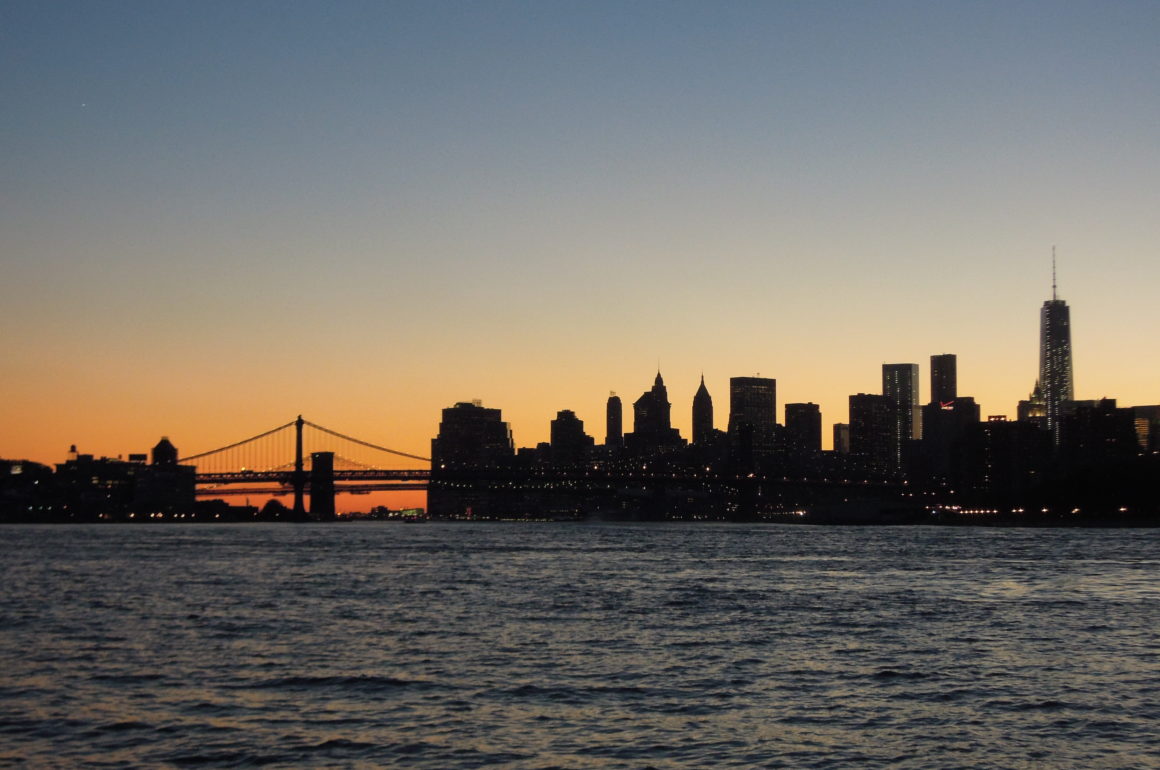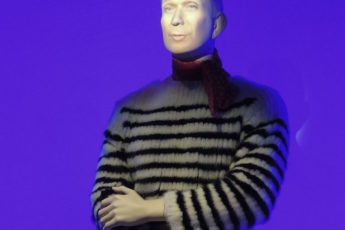Manhattan – The Island of Hope

The weirdest task you can possibly pose to a New Yorker is to ask her or him to describe Manhattan to you. It’s just about impossible to do that.
Manhattan is one of New York City’s five boroughs and trying to describe it is about as easy as describing the whole palette of colors available in PhotoShop. Manhattan is, first and foremost, huge. Every time I’m here I’m impressed by its enormity. What’s more, every part of it is different than all the others.
The West side of Manhattan is a bit livelier than the East side, but this division is slowly dissolving. One neighborhood can be as small as two streets or as large as a dozen blocks. The sizes differ (see the map below).
To make a long story short (since I plan to devote separate posts to the various neighborhoods of Manhattan): Upper East Side is inhabited by so-called “old money”: people who grew up in circumstances much different than most of us did.
Hell’s Kitchen has been a teeming neighborhood in the past couple of years, rich in restaurants and gay clubs, catering to numerous gay residents. Gay populace also took over Chelsea, one of the most fashionable neighborhoods, where rents are high and beautiful people roam the streets. Greenwich Village, on the other hand, is a neighborhood of mostly rich, artistically-inclined people (many stars live here) and of picturesque streets. Chelsea, Greenwich Village, Soho, and Tribeca are all very expensive neighborhoods, with rents amounting to small fortunes. Currently, the city administration is working to develop Midtown. East Village is definitely bohemian – it’s here that you meet the less-than-wealthy artists and the vibe of “old Manhattan” – both shabby and special – is definitely felt. The Little Italy and Nolita are becoming more and more expensive, with a proliferation of boutiques and fashionable places. In Lower Manhattan, at the Financial District, there’s Wall Street and what used to be the World Trade Center. That’s where you can get the best view of the Statue of Liberty, the very symbol of hope for many generations of people reaching the New World over the decades. Along Manhattan, there’s Hudson River, the banks of which is one of the favorite places for New Yorkers to jog.
The basic Manhattan division is between Uptown (anything above 72nd Street) and Downtown (anything below 14th). 14thStreet is an important spot, crossing Union Square: the ultimate meeting point easily comparable to the Empik in Cracow or “Rotunda” in Warsaw.
My signature walk starts at the tip of Lower Manhattan, at Battery Park, and ends all the way up at 100th street. It takes about five hours and sticks to the longest of avenues: Broadway. Don’t forget: there are twelve avenues and more than 100 streets, not counting all the ones that don’t have numbers in their names. Once you walked through all the streets of Manhattan, you can safely say you got to know the city. Get yourself a pair of comfy walking shoes and start your adventure!




